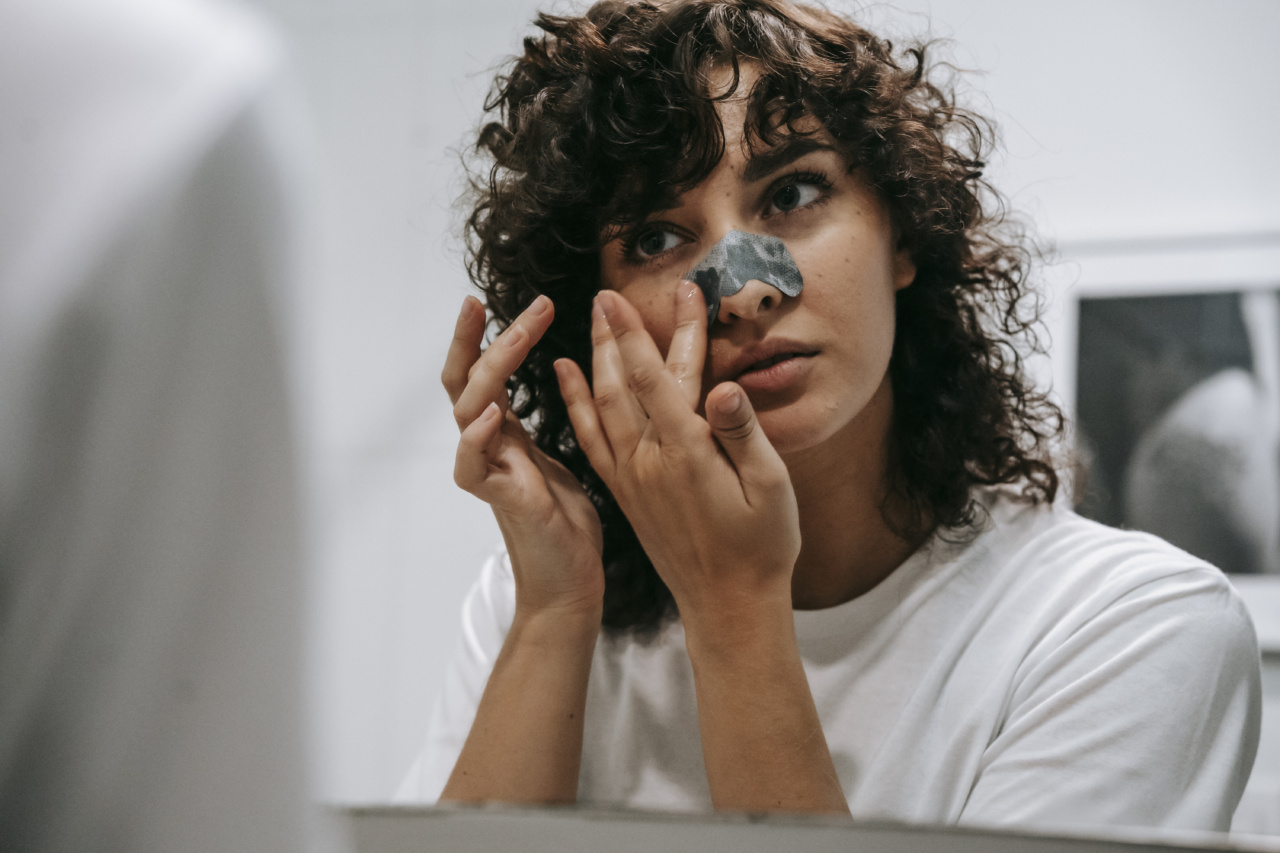Olives are a popular food item that is used in various dishes all over the world. It is a key ingredient in Mediterranean cuisine and is often used in salads, pizzas, and pasta dishes.
The fruit of the olive tree is often served with its hair intact, which leads to a common question – when is it safe to remove olives with hair?.
The Hair on Olives
The hair on olives is actually the stem that attaches the fruit to the tree. When olives are harvested, they are typically picked with the stems attached to them. This helps to preserve the freshness of the fruit and prevents it from spoiling quickly.
However, the stems can be unsightly on the fruit and are often removed before the olives are served.
When to Remove Olives with Hair
There is no consensus on when it is safe to remove olives with hair. Some people prefer to remove the stems immediately after harvesting, while others leave them on until they are ready to use the olives in a dish.
The general rule of thumb is to remove the stems before serving the olives.
When olives are left with their stems attached for too long, they can become mushy and unappetizing. The stems can also impart an unpleasant flavor to the olives over time.
It is best to remove the stems as soon as possible to ensure that the olives remain fresh and flavorful.
How to Remove Olives with Hair
Removing the hair from olives is fairly straightforward. The easiest way is to grasp the stem firmly between your thumb and forefinger and gently twist it away from the fruit. The stem should come away easily, leaving a clean, hairless olive behind.
If the stem is particularly stubborn, you can use a small knife to gently cut it away from the olive. Just be careful not to cut into the fruit itself, as this can damage the flesh and lead to spoilage.
How to Store Olives with Hair
Olives with hair should be stored in a cool, dry place to ensure their freshness. They can be kept in an airtight container or a ziplock bag in the refrigerator for several weeks.
It is important to keep the olives away from any sources of moisture, as this can cause them to spoil quickly.
The Health Benefits of Olives
Olives are a nutrient-rich food that is high in healthy monounsaturated fats. They are also a good source of vitamin E, iron, and copper.
Regular consumption of olives has been linked to a reduced risk of heart disease, cancer, and other chronic conditions.
Despite their health benefits, olives are also high in sodium and should be consumed in moderation. Those with high blood pressure or other medical conditions that require a low-sodium diet should limit their intake of olives accordingly.
Conclusion
In conclusion, the hair on olives is actually the stem that attaches the fruit to the tree. While it is safe to eat the olives with their hair intact, most people prefer to remove the stems before serving.
Removing the stems helps to keep the olives fresh and flavorful, and ensures that they are free from any unpleasant flavors or textures. With a little care and attention, olives can be a delicious and healthy addition to any diet.































